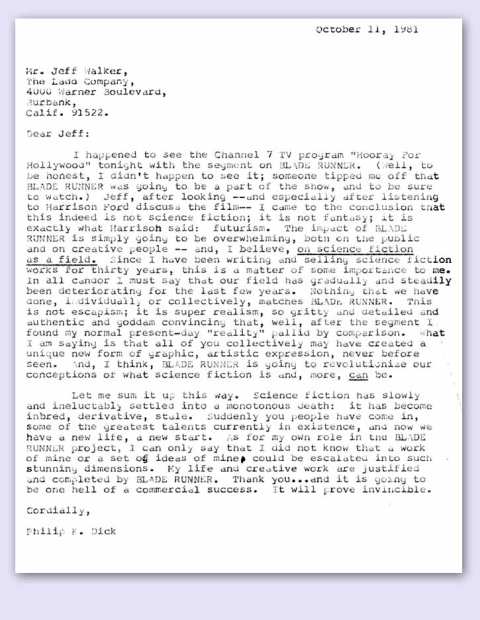Musically, Tom Waits has come a long way since the 1970s. Absorbing a range of influences, Waits has reinvented himself several times over to become one of the most influential writers and performers of our time.
Along the way he has also made his mark as a character actor. But “parallel career” would be the wrong phrase to describe Waits’s film and television work, for his music and acting have always intersected. Never was this more apparent than in the 1970s, when Waits cultivated the persona of a down-and-out barfly with the soul of a Beat poet.
That early phase of Waits’s career is preserved in this highly theatrical 54-minute television performance. It was recorded on December 5, 1978 at the University of Texas for a March 24, 1979 broadcast of Austin City Limits. The program was later released on DVD as Burma Shave. Waits is joined by Herbert Hardesty on trumpet and tenor saxophone, Arthur Richards on guitar, Greg Cohen on bass, and Big John Thomassie on drums. Here’s the set list:
- Summertime Blues
- Burma Shave
- Annie’s Back in Town
- I Wish I Was in New Orleans
- Ain’t Gonna Rain
- Bullets
- On the Nickel
- Romeo is Bleeding
- Silent Night
- Christmas Card from a Hooker in Minneapolis
- Small Change
- Hey Big Spender
- Small Change
Related content:
Tom Waits Makes Comic Appearance on Fernwood Tonight (1977)
Tom Waits’s Classic Appearance on Australian TV, 1979
Tom Waits and Keith Richard Sing Sea Song ‘Shenandoah’ for New Pirate-Themed CD



